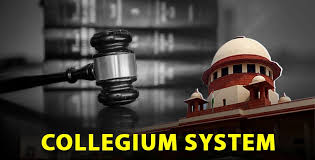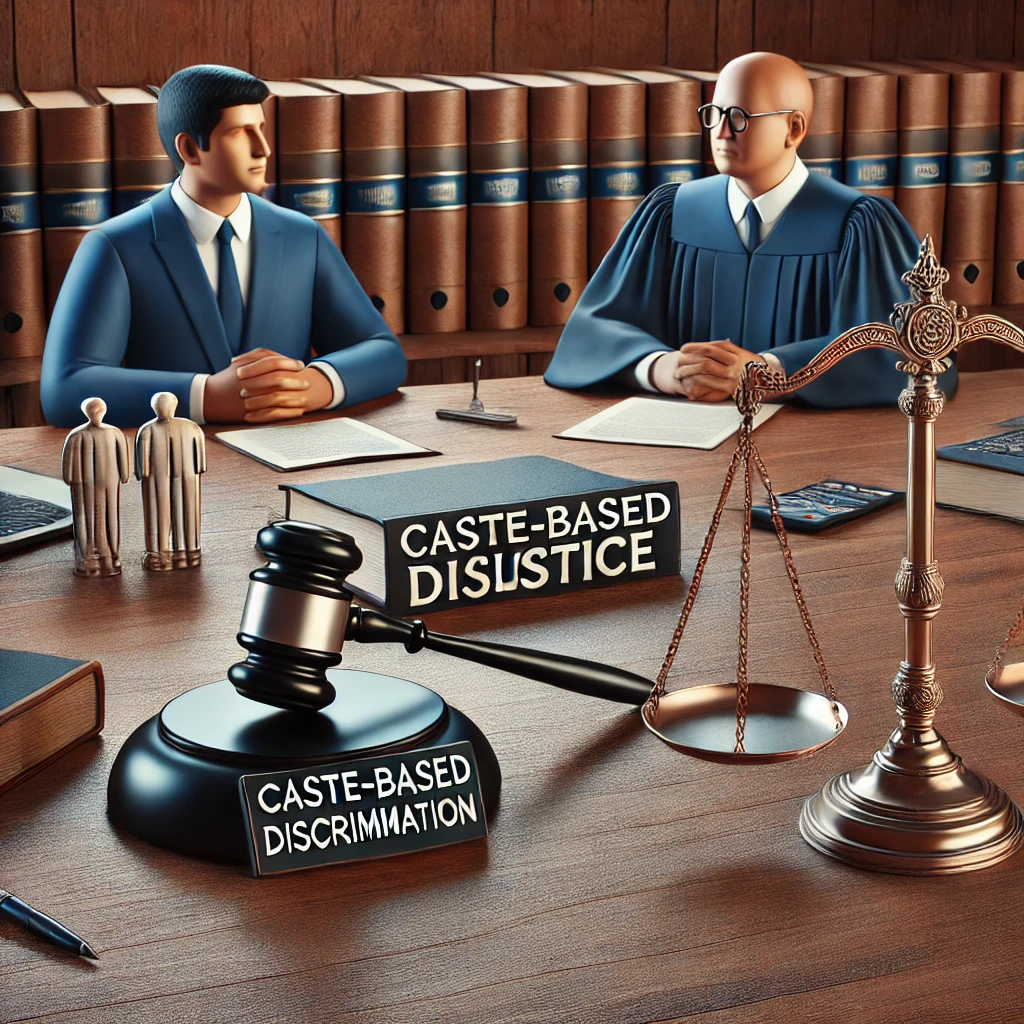Nevada Administrative Code Chapter 482B - NEW
What Is Chapter 482B (“Alternative Electronic Transportation Systems”)
This is a relatively new statutory/regulatory framework in Nevada that governs the testing, registration, operation, and oversight of what are called alternative electronic transportation systems and vehicles. The idea is to regulate systems that are more advanced or different than normal manually driven vehicles, but that are not fully “autonomous vehicles” as defined elsewhere. It fills the regulatory gap for emerging vehicle technologies that are somewhere between conventional and fully autonomous.
Key Definitions & Scope (Statutory)
Some central statutory definitions help define what falls under the Chapter, and what doesn’t. These are important in determining what requirements apply.
Alternative electronic transportation system: hardware/software inside a vehicle or mobile device that allows control or monitoring in ways that permit steering, braking, throttle adjustments without a human physically manipulating those controls; or programming for route control etc. But it excludes “automated driving systems” (which are defined elsewhere). Nevada Legislature+2Justia Law+2
Alternative electronic transportation system vehicle: a vehicle or mobile device equipped with such a system (but again not including fully autonomous vehicles or those solely on fixed guideways). Nevada Legislature+1
“Highway,” “mobile transportation device,” “premises to which the public has access,” etc., are also defined to set where and how the law applies. Nevada Legislature+1
Regulatory Grants and Requirements (Statutory + Regulations)
The statute gives the Nevada Department of Motor Vehicles (or relevant department) power to adopt regulations around these systems. Important areas are:
Operation and Testing Authorization
The Department can create rules for how these alternative electronic transportation system (AETS) vehicles are tested and operated on highways and public-access premises. Nevada.Public.Law+1
There are requirements for insurance or surety, crash reporting, compliance with vehicle laws and traffic laws (unless exemptions are granted). Nevada.Public.Law+1
Registration & License Plate Requirements
AETS vehicles must be registered in Nevada with plates required by law. Justia+2Justia+2
Before registration, there must be proof of insurance, driver training for human operators (if applicable), and sometimes affidavit statements. Justia+2Justia+2
Certificates of Compliance and Testing Licenses
Entities wishing to test these vehicles must get a testing certificate and testing license plates. Justia+1
Must submit forms, pay fees, and certify that the system meets certain operational standards (for example, ability to achieve a “minimal risk condition” in case of failure). Justia+2Justia+2
Safety, Labels, Alerts & Fail-safes
Regulations require that these vehicles have certain safety features: indicators when the system is operating, means to revert control to a human, and ways to brake or stop safely if the system fails, etc. Justia+2Justia+2
Definition of “minimal risk condition” is a legal term meaning that when the system fails, the vehicle must bring itself to a reasonably safe state (e.g. safely stop). Justia
Confidentiality of Records
Documents submitted for testing or operation may be treated as proprietary/confidential. They are not public records unless consent is given or a court orders disclosure. Justia
Penalties for Violations
The statute allows administrative fines up to a certain amount (e.g. up to $2,500) for violations of the statute or regulations. Nevada.Public.Law+1
Regulatory (Administrative Code / NAC) Provisions (Selected)
Some specific rules from the Nevada Administrative Code under this Chapter include:
Section 5: Definition of “minimal risk condition” for system failure. Justia
Section 8: Requirements for registration — insurance proof, driver training affidavit, vehicle description, etc. Justia
Section 10: Need for certificate of compliance before testing or operating on highways; certificate of compliance must show that the vehicle or system meets requirements. Justia
Section 12: Process for obtaining test plates and testing certificates; reporting of crashes above certain threshold; displaying certificate during testing; fees specified. Justia
Section 11: Labeling, alerts, human operator control features; conditions for when a vehicle can be operated/tested on highways; remote operation considerations. Justia
Legal / Practical Issues & Case Law
Case Law
As of yet, I did not find many published court decisions* strictly interpreting Chapter 482B’s administrative code/regulations. Because the regulations are fairly new (many sections are “NEW” as of 2023/2024), case law is still catching up.
However, some cases involving issues of motor vehicle regulation, administrative rulemaking, and due process may be relevant by analogy.
Legal/Regulatory/Policy Issues Likely to Arise
Given the provisions, several legal or practical disputes are likely; potential areas of challenge include:
Definition Disputes: Whether a given vehicle/system qualifies as an “alternative electronic transportation system vehicle” vs. an autonomous vehicle, etc. The definitions matter because different rules apply. Courts may be asked to interpret what “active monitoring,” “automated driving system,” “minimal risk condition,” etc., require in practical terms.
Exemptions and Regulatory Discretion: Since the statute allows for exemptions or waivers (e.g., with respect to compliance with certain traffic laws, or usage if federal standards apply), disputes could arise about whether the Department properly granted (or denied) these exemptions.
Due Process: If a developer or operator is denied registration or testing certificate, or fined for noncompliance, procedural rights must be respected (notice, opportunity to be heard, etc.).
Liability / Insurance: Since insurance of large amounts (e.g. $5,000,000) is required in many cases, disputes might occur about whether insurance coverage is adequate, whether accidents during testing or operation give rise to liability, and how crash reporting is conducted.
Confidentiality vs. Public Records: Because some documents are kept confidential unless a court orders otherwise, there may be disputes over whether certain records must be disclosed under public records or transparency laws.
Example of Analogous Case Law (By Analogy)
While no direct cases were found for 482B regulatory enforcement yet, here are analogous kinds of cases and legal principles that would inform how courts might decide:
Cases interpreting regulations for autonomous or semi-autonomous vehicles in other states, where courts examined whether performance of safety features met specified regulatory standards.
Cases about rulemaking authority — where courts have held that the administrative agency must act within the scope of its enabling statute, and must follow proper procedural steps (notice, public comment).
Cases about liability and injuries from experimental or new vehicle systems, especially when the operator misused or failed to maintain required safety features.
Strengths and Weaknesses in the Framework
Strengths:
Gives the State a regulatory pathway for testing and using these systems, rather than leaving them unregulated.
Provides clarity on what is required (registration, insurance, compliance, safety features.)
Includes provisions for confidentiality which encourages innovation and protecting proprietary information.
“Minimal risk condition” definition helps ensure that system failures are handled in a safe way.
Potential Weaknesses / Ambiguities:
Some definitions may be vague (what exactly constitutes “minimal risk,” what is “active monitoring,” etc.), which could lead to legal uncertainty.
There may be tension between state traffic laws/vehicle laws and these new rules, especially in what exemptions may or may not be granted.
Insurance requirements are high, which could be a barrier to smaller developers.
Because it’s new, enforcement practices and precedents are not yet well established.
Summary
Chapter 482B gives Nevada the framework to regulate alternative electronic transportation systems — systems partway between manually driven vehicles and fully autonomous ones.
It establishes registration, testing, safety, insurance, and operational requirements.
It requires specific safety features and fallback methods when failures occur.
Violations can lead to administrative fines.
Key issues likely will involve definitions, exemptions, process, insurance liability, and interpretation of safety requirements.


















0 comments